The Importance of Home Adaptations for Elderly Safety
As our loved ones age, making sure they are safe within the home is a growing priority. Elderly safety devices help seniors live independently while minimizing the risk of accidents, and further injury or health complications. From small adjustments to major installations, the right home adaptations for elderly safety and accessibility can meaningfully boost security and confidence for both seniors and caregivers.
This article offers practical advice for caregivers looking to adapt a home for aging individuals, improve everyday functionality, and reduce potential hazards. Whether you’re just beginning this journey or looking to enhance your current safety measures, the following tips and tools are valuable steps toward creating a safe and accessible home.
How to Make Home Safe for Elderly Patients and Loved Ones
Creating a safe environment for seniors involves more than just installing a grab bar or a nightlight. Safety in the home requires a comprehensive, room-by-room evaluation to determine what elderly safety devices will best suit your needs. Here’s how caregivers can start the process:
1. Conduct a Room-by-Room Hazard Assessment
Start by thoroughly inspecting each room for potential risks. Pay close attention to commonly used areas such as bedrooms, bathrooms, kitchens, and hallways. Remove clutter, secure rugs or cables, and ensure that walking paths are clear and dry.
2. Prioritize High-Risk Areas
- Bathrooms: Often the site of slips and falls due to wet surfaces and relatively extensive movement, using non-slip mats and grab bars is a good start.
- Kitchens: Home to sharp tools and hot surfaces, kitchens require particularly thoughtful safety proofing.
- Bedrooms: Seniors may have difficulty transitioning in and out of bed without help. Accidents or injuries during sleep are more challenging to monitor and regulate.
3. Involve Seniors in Decision-Making
Ask for input and preferences from the elderly patient or loved one. This way, adaptations not only improve safety but also align with their lifestyle and preferences, which promotes better comfort and regular use.
Benefits of Home Modifications:
- Increased Independence: Seniors maintain more control over their daily lives and routines.
- Reduced Risk of Injury: A safer environment helps prevent falls, burns, and other risks.
- Enhanced Quality of Life: A comfortable, accessible home environment fosters peace of mind.
Essential Home Adaptations for Elderly Patients
Bedroom Modifications
The bedroom should be a secure, restful place. Here are some key products and modifications for safety in the home:
- Assistive Bed Rails: Helps seniors transition safely in and out of bed. Browse Lunderg’s bed assist rails and replacement safety lights for bed rails to discover more. Our bed handle for elderly products feature universal fit, user-friendly installation, and unmatched stability.
- Bedside and Hallway Lighting: Motion-activated or remote-controlled lights reduce nighttime falls.
- Non-Slip Area Rugs: Replace throw rugs with non-slip alternatives.
- Bed Alarms: Devices placed in the bed that provide early warning and drastically reduce the chances of injury overnight. Explore Lunderg’s bed alarms here. They’re easy to set up and use, and come with a portable pager (batteries included). Please always read the installation instructions to ensure your bed alarm works correctly.
- Adjustable Beds: Improve comfort and accessibility during rest and sleep. These can automatically assist elderly individuals getting out of bed safely when needed.
Pro Tip: Combine a bed rail with a safety light and bed alarm to monitor nighttime activity and improve safety.
Bathroom Modifications
Bathrooms are one of the most dangerous rooms for elderly individuals. Consider these updates:
- Non-Slip Mats: Place them inside and outside the shower/tub for an added layer of safety.
- Grab Bars: Install beside the toilet and within the shower to support balance and frequent movement.
- Raised Toilet Seats: Make sitting and standing easier while reducing strain by using a raised toilet seat. Shop Lunderg’s bathroom safety products here.
Living Room Adjustments
Since seniors can spend a significant amount of time here, it’s crucial to create a safe and secure living room:
- Clear Walkways: Remove unnecessary furniture or items from high-traffic areas.
- Sturdy Furniture: Use chairs and sofas that are firm and well-balanced, and have armrests.
- Adequate Lighting: Floor and table lamps with high-visibility bulbs improve nighttime safety.
- Chair Alarms: Alert caregivers when seniors attempt to stand up unassisted. Check out Lunderg’s chair alarm by clicking here. They fit most chairs and sofas and are completely portable and easy to clean.
Kitchen Safety Enhancements
Kitchen duties can be daunting and dangerous without proper adaptations:
- Easy-Access Storage: Lower cabinets and pull-out drawers reduce strain from motion and reaching.
- Non-Slip Floor Mats: Especially near sinks and stoves where spills are more common.
- Lever-Style Faucet Handles: Easier for seniors with arthritis or reduced grip strength.
- Senior Help Devices: Automatic shut-off appliances and lighting, and jar openers can be extremely helpful.
Conclusion
Creating a safe, accessible environment for elderly individuals in the home begins with intentional planning and the right tools. Home adaptations not only prevent injuries and also foster dignity and independence. From installing a senior bed assist rail with a safety light, to using a fall prevention bed alarm, to adding grab bars in the bathroom, each change brings meaningful improvements to quality of life.
At the heart of these solutions are trusted, innovative elderly safety devices that support both seniors and caregivers every day. Whether you’re upgrading an existing space or starting from scratch, the resources available here make it easier than ever to design a safe and accessible home. Your loved one’s safety starts at home—take the first step with Lunderg today.

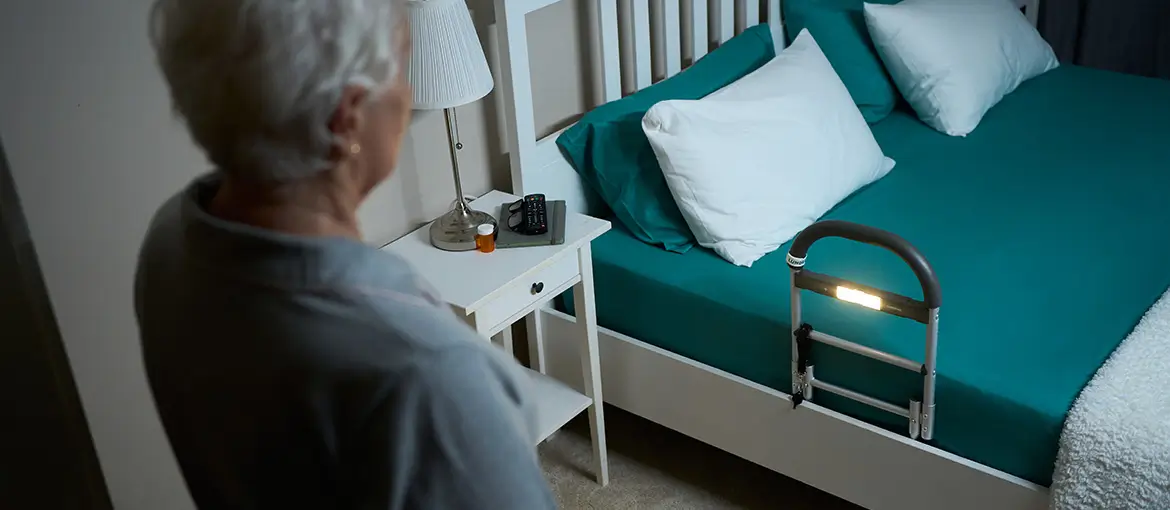
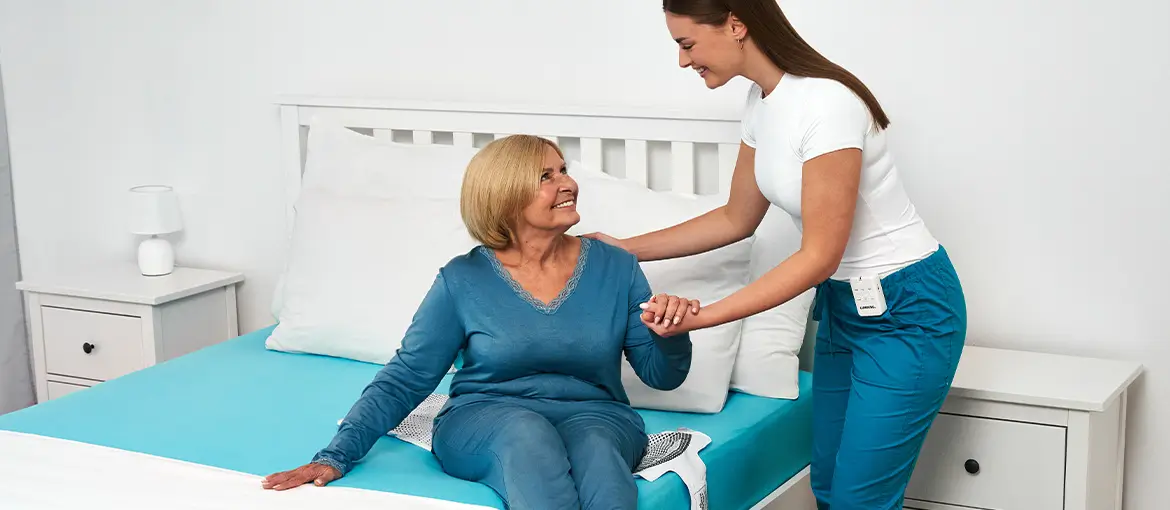
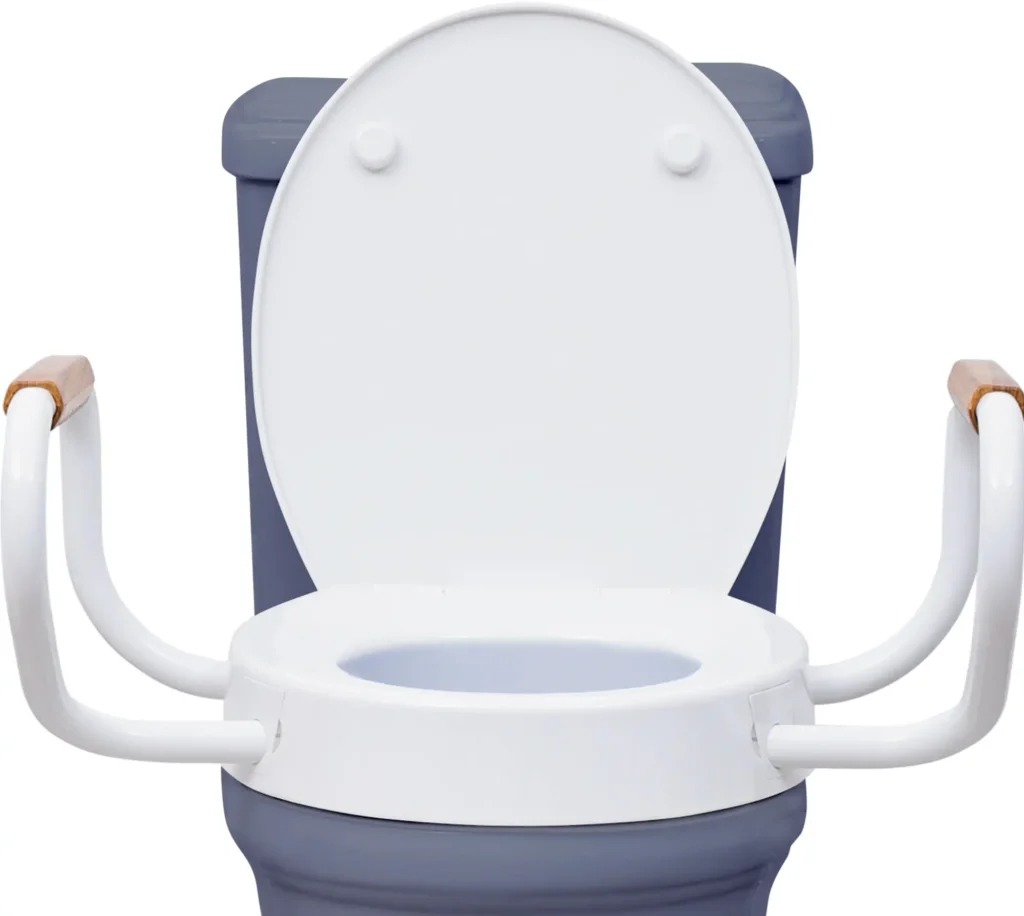
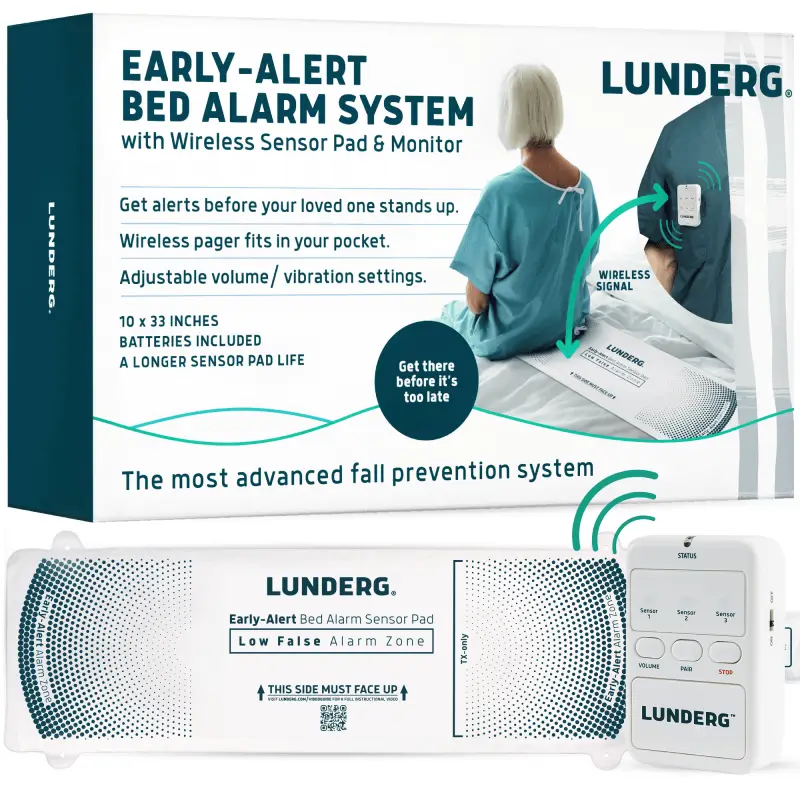
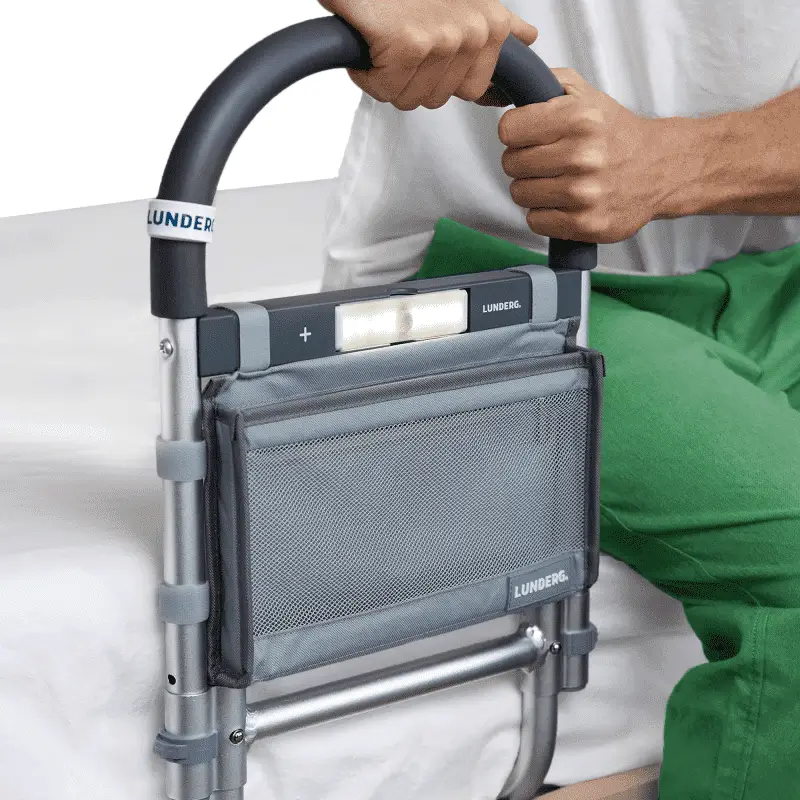
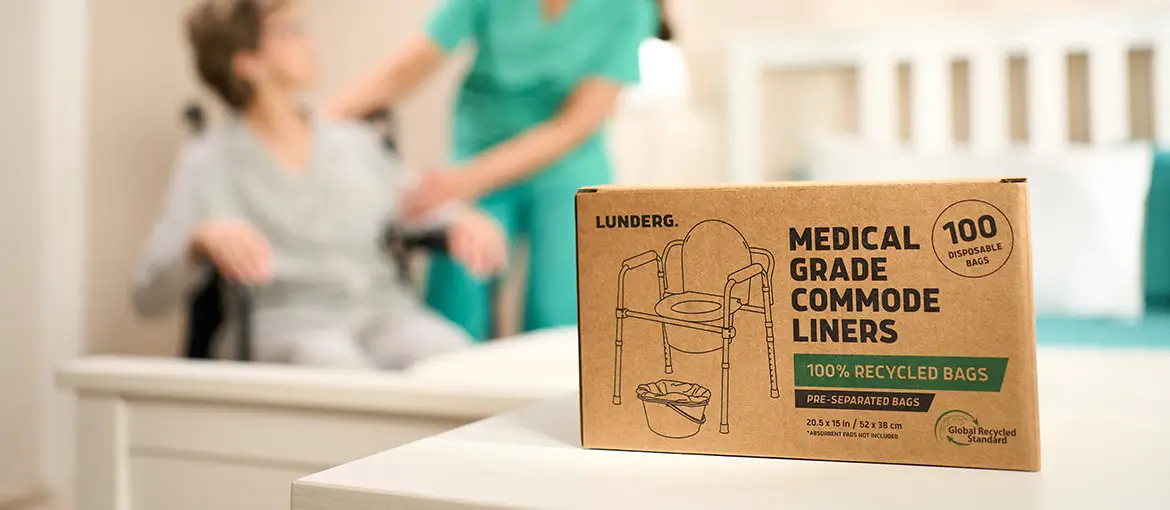

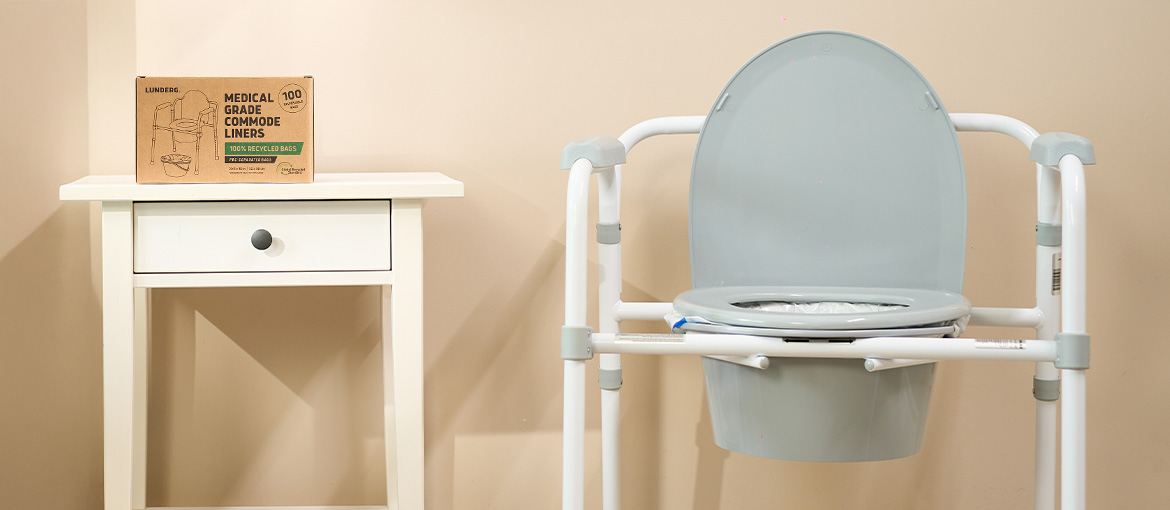
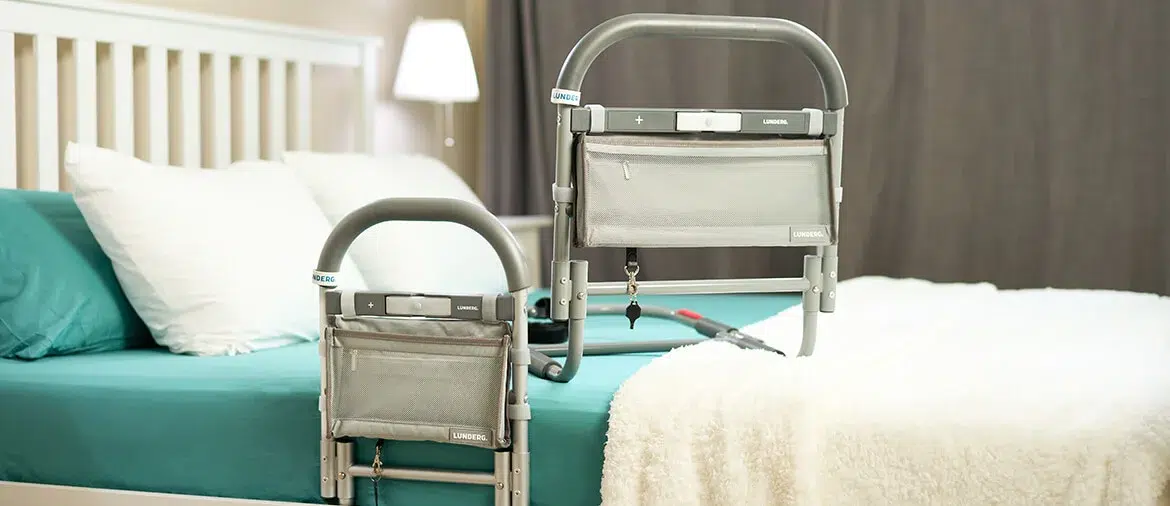
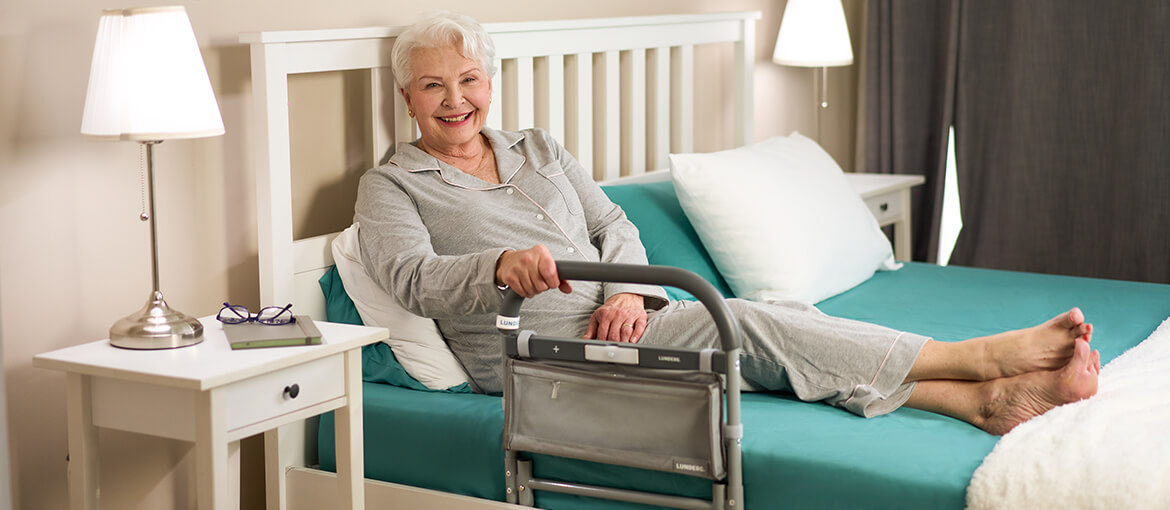
Comments(0)